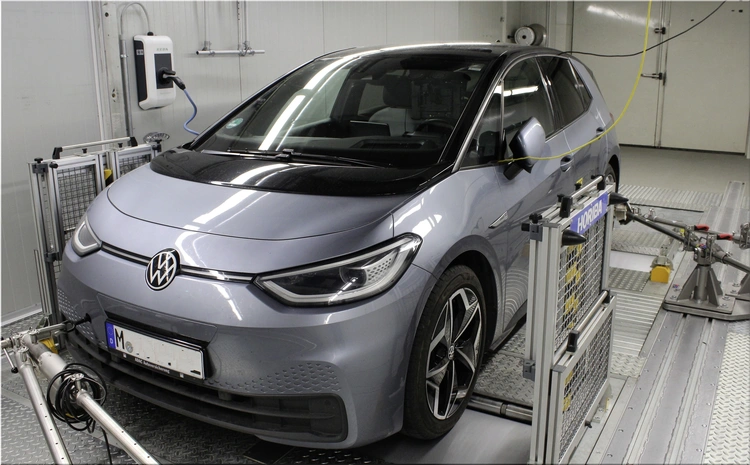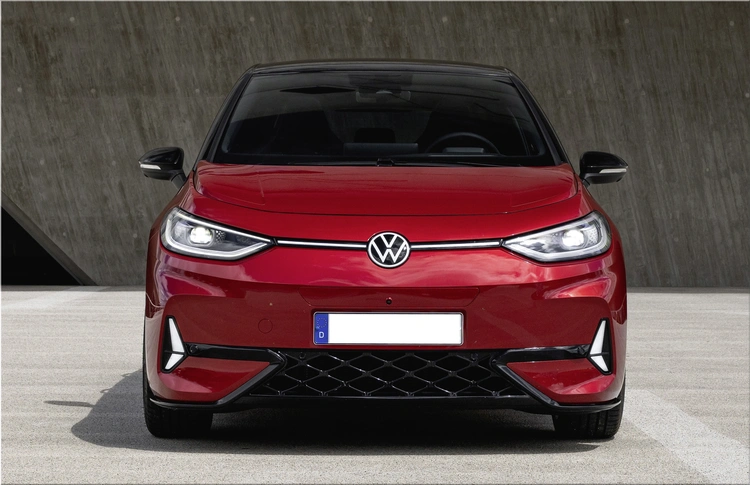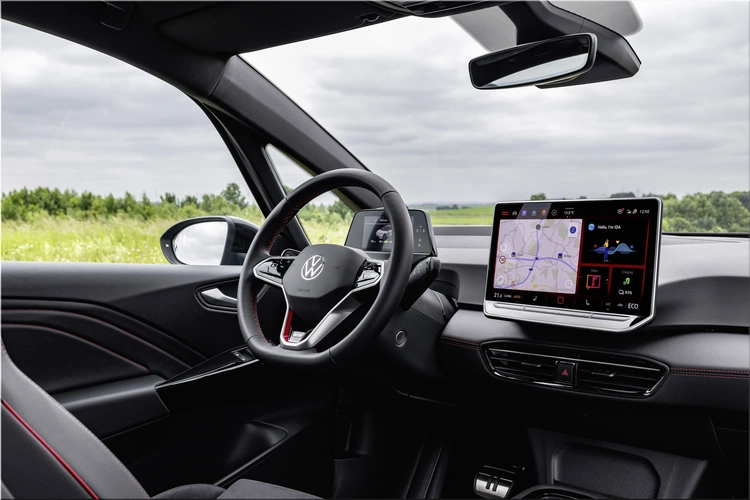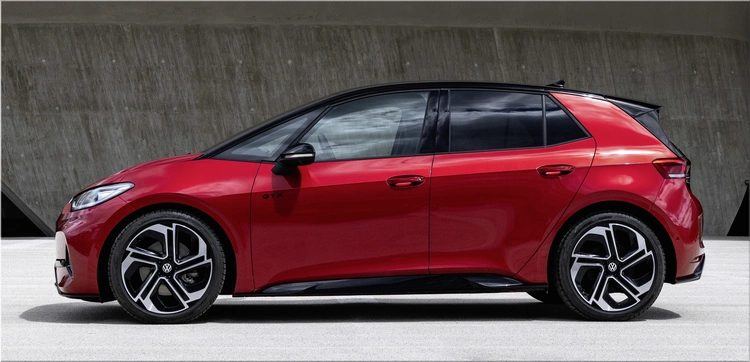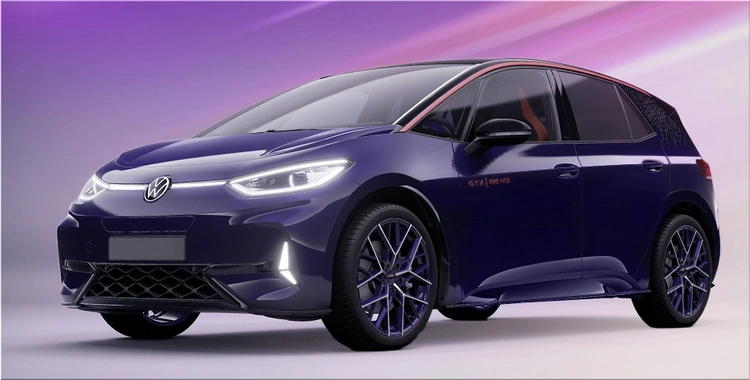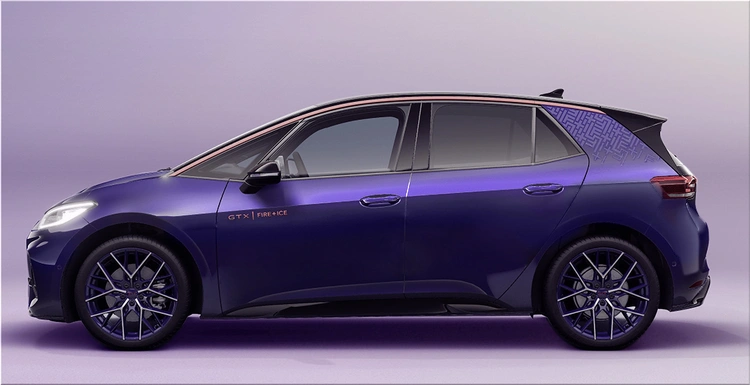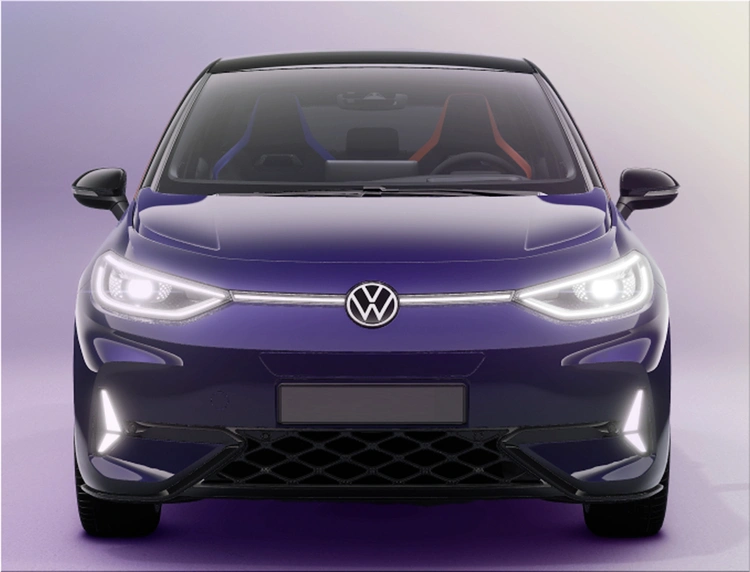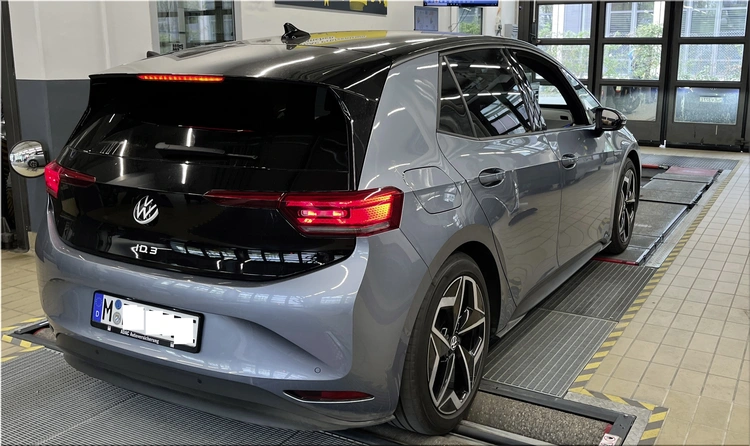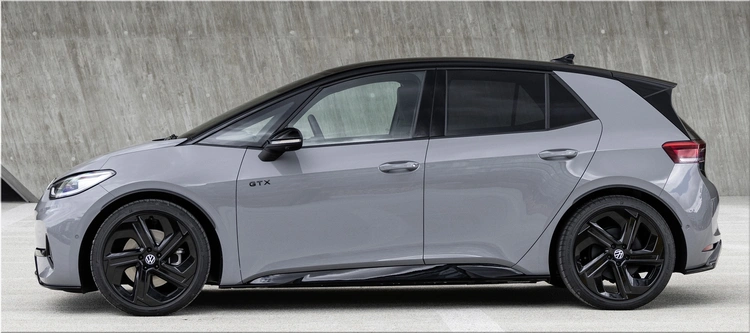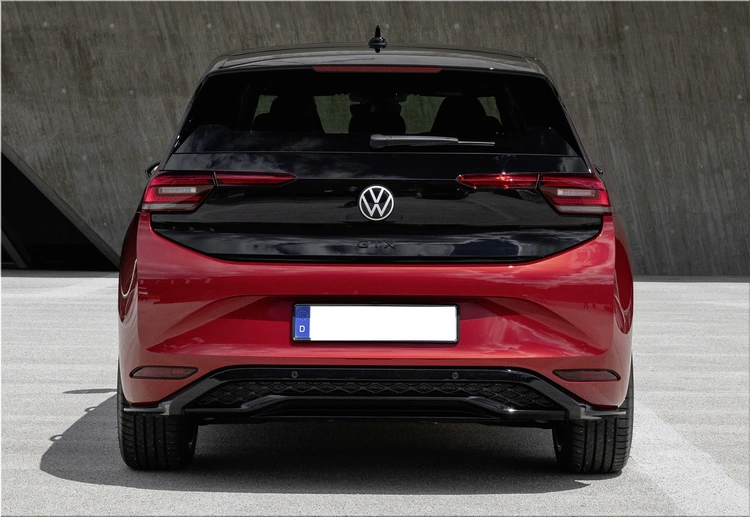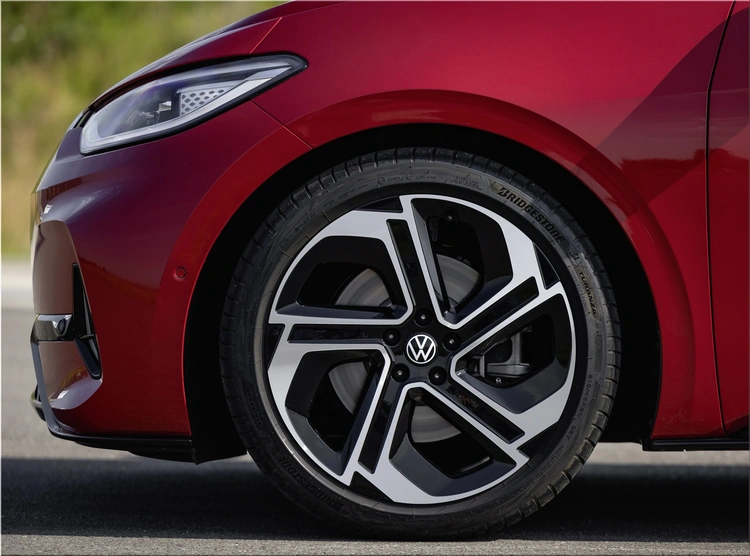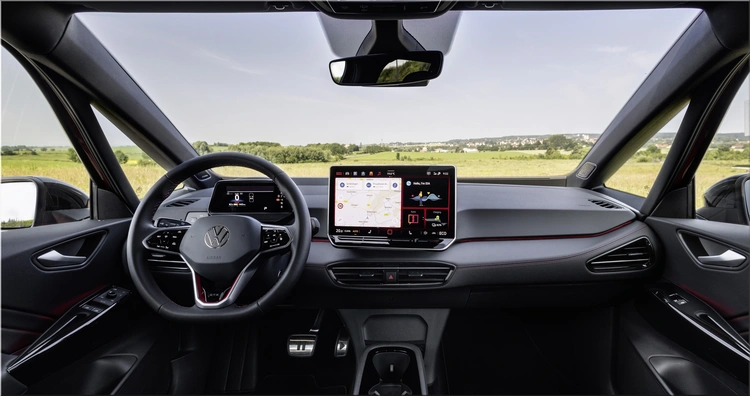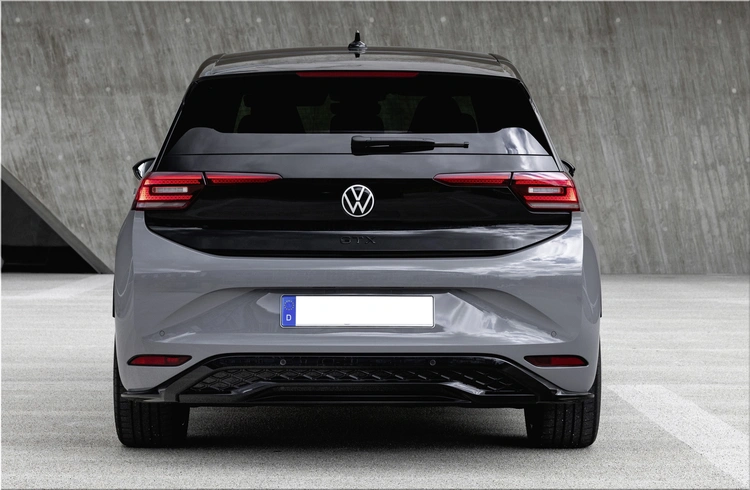High-Mileage Performance Validates EV Durability
The Volkswagen ID.3 Pro S has completed a 160,000-kilometre endurance test under the supervision of ADAC, Germany's largest automobile club. The results show the high-voltage battery retaining 91% net capacity after four years of intensive use. This performance is well above Volkswagen's warranty guarantee of 70% capacity after eight years or 160,000 km.
The tested model featured a 77 kWh net battery and underwent harsher-than-recommended charging conditions to accelerate mileage accumulation. This test represents the first long-term evaluation of a Volkswagen ID. family vehicle.
Key Test Highlights
- 91% remaining battery capacity after 160,000 km
- Over 40% of charging sessions conducted via rapid chargers
- Vehicle frequently stored at 100% charge for several days
- Multiple software updates installed during testing
- Charging capacity increased to 170 kW after updates
- Improved winter efficiency (0–5°C) following software revisions
- No major wear on axles, suspension, or steering
Charging Conditions and Battery Stress
The Volkswagen ID.3 Pro S was deliberately tested under high-stress conditions:
- Rapid Charging: More than 40% of sessions used high-power DC chargers, known to accelerate battery wear.
- Full-Charge Storage: The car was often left at 100% charge for days, contrary to EV battery preservation guidelines.
- Continuous Use: The goal was to reach 160,000 km quickly, simulating fleet or high-mileage driver usage.
Despite this, the battery’s state of health (SOH) only declined by 9%, indicating strong thermal and charge management.
Software Updates Boost Efficiency
Throughout the test, the ID.3 received over-the-air and workshop-installed software updates, including:
- Electric Vehicle Route Planner to optimize charging stops
- Charging speed increase from earlier specs to 170 kW
- Efficiency improvements in short trips and cold climates
- Bug fixes improving reliability
These updates positively impacted energy consumption and real-world range, particularly in challenging winter driving.
Vehicle Durability Beyond the Battery
The ADAC evaluation also assessed mechanical components:
- Chassis and body structure remained in good condition
- Suspension and steering systems showed no major degradation
- No unusual wear despite EV weight and mileage
This reinforces the ID.3’s potential as a low-maintenance, high-mileage EV.
Warranty and Used Market Implications
Volkswagen guarantees that ID. model batteries retain at least 70% of original capacity for eight years or 160,000 km. The ADAC findings suggest real-world performance can significantly exceed this threshold.
For the used EV market, this result could increase buyer confidence. A battery maintaining over 90% capacity after such mileage means second-hand ID.3 units could still offer long range and strong performance.
Test Vehicle Specifications
| Specification | Detail |
|---|---|
| Model Tested | ID.3 Pro S |
| Net Battery Capacity | 77 kWh |
| Remaining Capacity (SOH) | 91% after 160,000 km |
| Charging Speed (post-update) | 170 kW |
| Energy Consumption | 16.3–15.6 kWh/100 km |
| CO₂ Emissions | 0 g/km |
| Warranty | 8 years / 160,000 km (≥70% capacity) |
ADAC Recommendations for EV Owners
From their testing, ADAC provided key advice for ID.3 and other EV drivers:
- Always install software updates – these improve charging performance, range, and route planning.
- Plan long trips using integrated EV route tools for faster travel.
- Avoid unnecessary full-charge storage when the vehicle is parked for long periods.
Industry Impact and Competitive Position
The ID.3's performance positions Volkswagen strongly in the European EV market, where battery longevity is becoming a key purchase driver. With growing public concern over EV battery degradation, this endurance test provides verified data showing Volkswagen’s battery engineering holds up under demanding usage.
Competitors like Tesla, Hyundai, and Kia have also published battery longevity results, but the ID.3’s independent verification by ADAC adds credibility. Fleet managers and ride-hailing operators—who put heavy mileage on vehicles—may view the ID.3 as a cost-effective long-term EV.
Outlook for Volkswagen ID. Models
Volkswagen is expanding its ID. lineup, with models like the ID.4, ID.5, and ID. Buzz sharing similar battery technology. If these vehicles mirror the ID.3’s long-term performance, Volkswagen could strengthen its claim to low-depreciation electric mobility.
With over-the-air update capability, Volkswagen can further enhance performance, charging speed, and range without hardware changes. This could help owners retain vehicle value and reduce total cost of ownership.
Conclusion
The ADAC 160,000 km endurance test confirms the Volkswagen ID.3’s battery durability and low-maintenance design. Even under high-stress charging conditions, the vehicle retained 91% of its original net capacity. Combined with software-driven improvements in charging speed and efficiency, the ID.3 proves it can handle long-term, high-mileage use without major performance loss.
For prospective buyers—new or used—the data points to a durable, range-stable EV capable of sustained performance well past warranty limits.
Volkswagen is jolting its electric hatchback, the Volkswagen ID.3, with a significant upgrade. The German automaker is introducing a new top-of-the-line model, the ID.3 Pro S, boasting a more powerful… Continue reading
For the first time, Volkswagen is offering a limited edition of 30,000 copies called "ID.3 First" with special equipment and a medium-sized 58 kWh battery, which should be suitable for up to 420 kilometers according to the new WLTP standard.… Continue reading
The Kia PV5 electric van is making waves in the EV market with its flexible design, innovative technology, and competitive pricing. Unveiled at Kia EV Day, this vehicle is designed for business owners… Continue reading
Polestar has thrown down the gauntlet in the electric vehicle (EV) arena with a decisive victory in the world’s largest independent winter range test. This test, conducted by the Norwegian Automobile Federation (NAF), saw the Polestar… Continue reading

